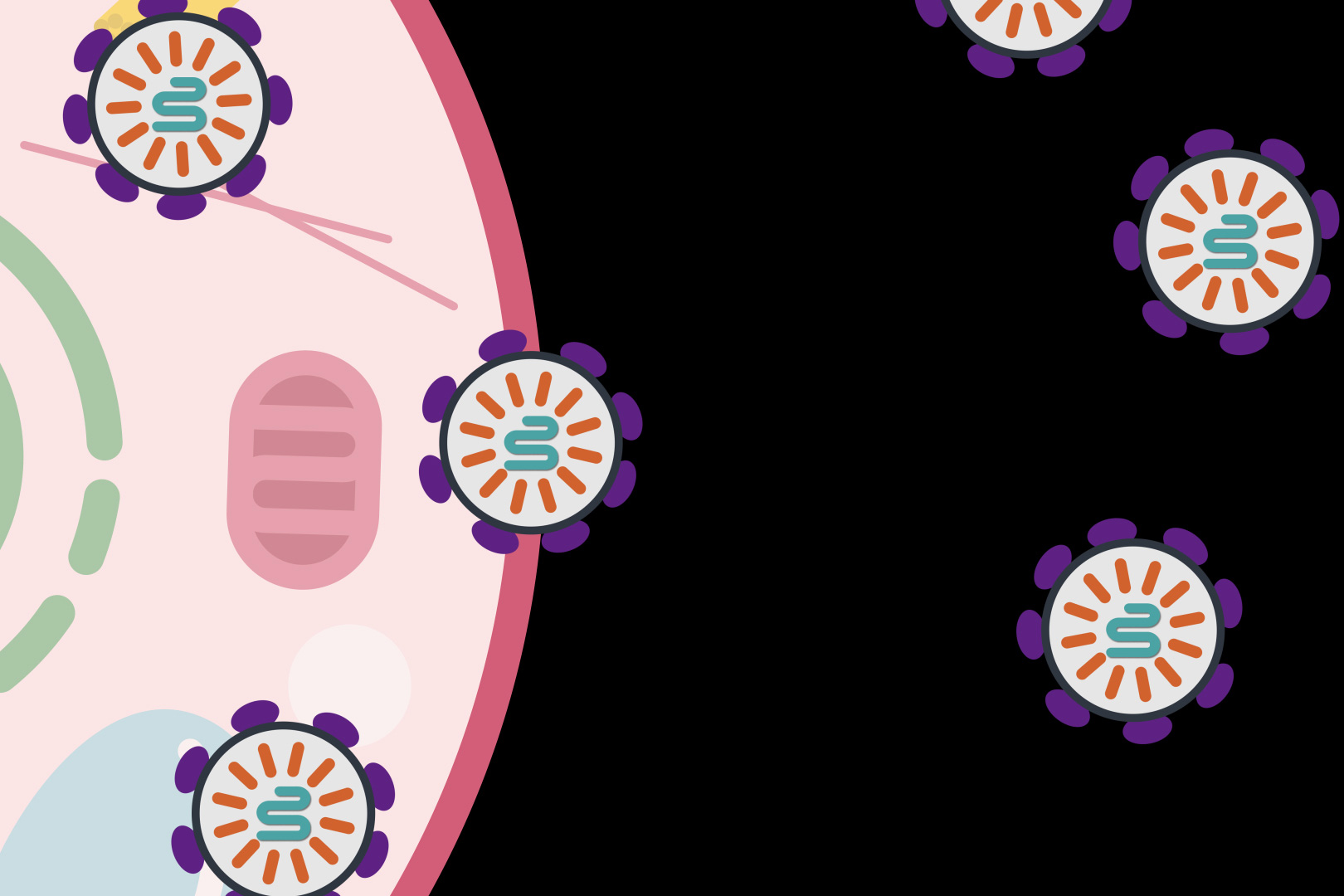The National Institute of Diabetes and Digestive and Kidney Diseases (NIDDK) has announced a new funding opportunity for characterization of islet-derived extracellular vesicles (EVs) for improved detection, monitoring, classification, and treatment of Type 1 Diabetes (T1D).
This initiative will support the development of tools and experimental platforms for the purification and characterization of EVs originating from the human pancreatic islet and its broader tissue environment in healthy individuals, and individuals with T1D or at-risk of developing the disease. It will also support the exploration of the contribution of pancreatic EV biology to islet function, dysfunction and T1D disease initiation; the development of EV-based diagnostic tools for disease monitoring and classification; and the use of pancreatic EV biology to identify novel therapeutic targets.
A letter of intent to apply for the grant must be sent by October 3, 2021.
For more information, see https://grants.nih.gov/grants/guide/rfa-files/rfa-dk-21-016.html.


